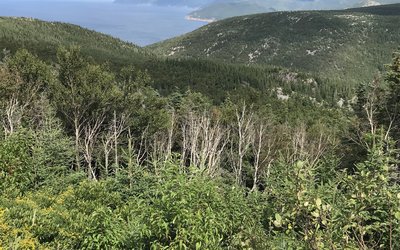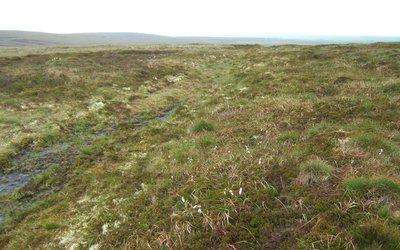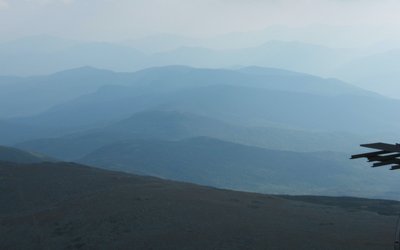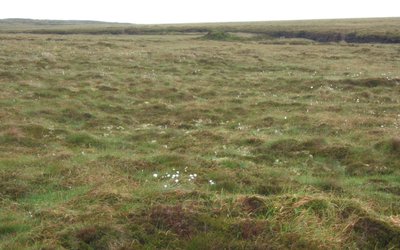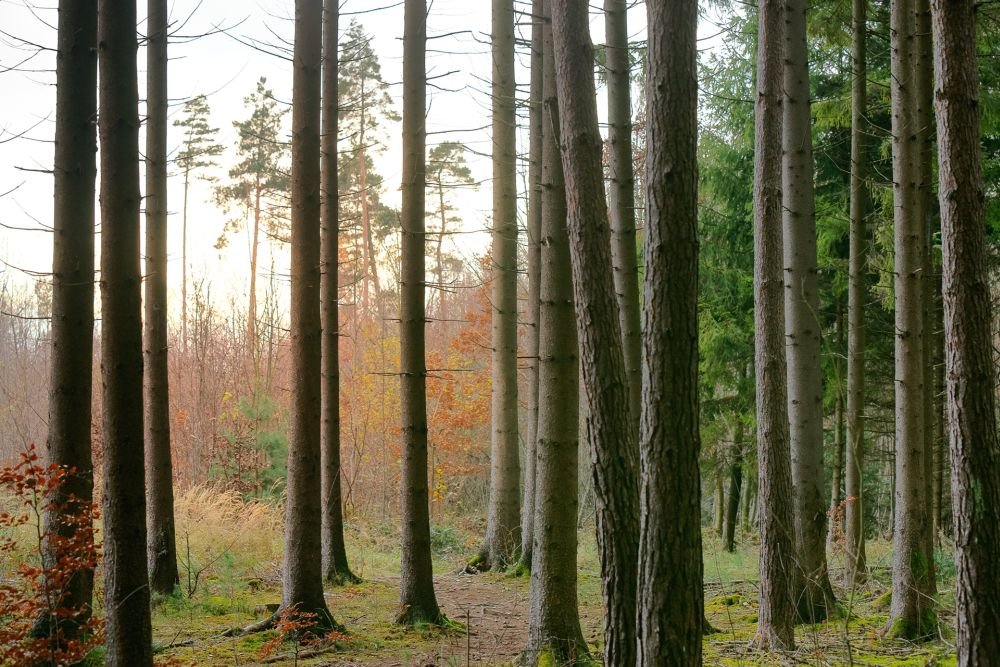
During 2000–2030, the primary production and net carbon sequestration of Norway spruce (Picea abies) are estimated to increase in southern Finland, due to a moderate increase in temperature and atmospheric CO2. However, further elevated temperature and soil water stress reduce the primary production and net carbon sequestration of Norway spruce from 2030–2060 to 2060–2099, especially in the southernmost region.
The opposite occurs in northern Finland, where estimates show that the changing climate increases the primary production and net carbon sequestration over the 100-year simulation period due to higher water availability. In Finland, Norway spruce represents, on average, approximately 40 % of the national forest resources
The anticipated higher temperatures will likely lead to a substantial reduction in snow accumulation in southern Finland due to a decreased fraction of precipitation as snow and to later snowfall and earlier snowmelt, which could reduce the recharging of soil water in the spring and early summer, and thus increase the water deficit in the rooting zone.
In southern Finland, wider spacing, shorter return periods between thinning, and a shift to more drought-tolerant ecotypes are ways to adapt the forest to more frequent droughts due to climate change.
Source: Ge et al. (2012). Climatic Change. Published online 12 October 2012.
Photo: Andreas Krappweis (www.sxc.hu)

